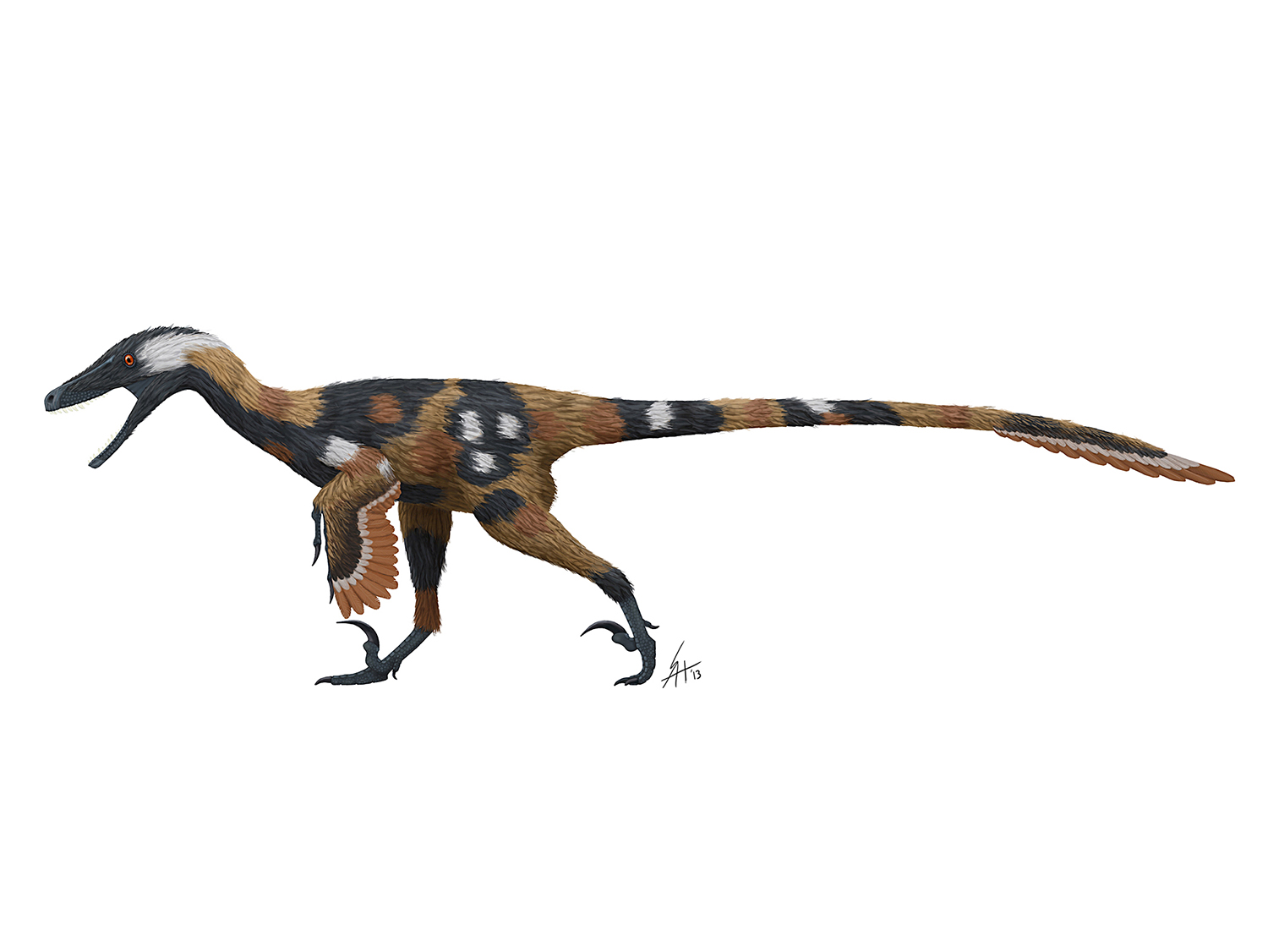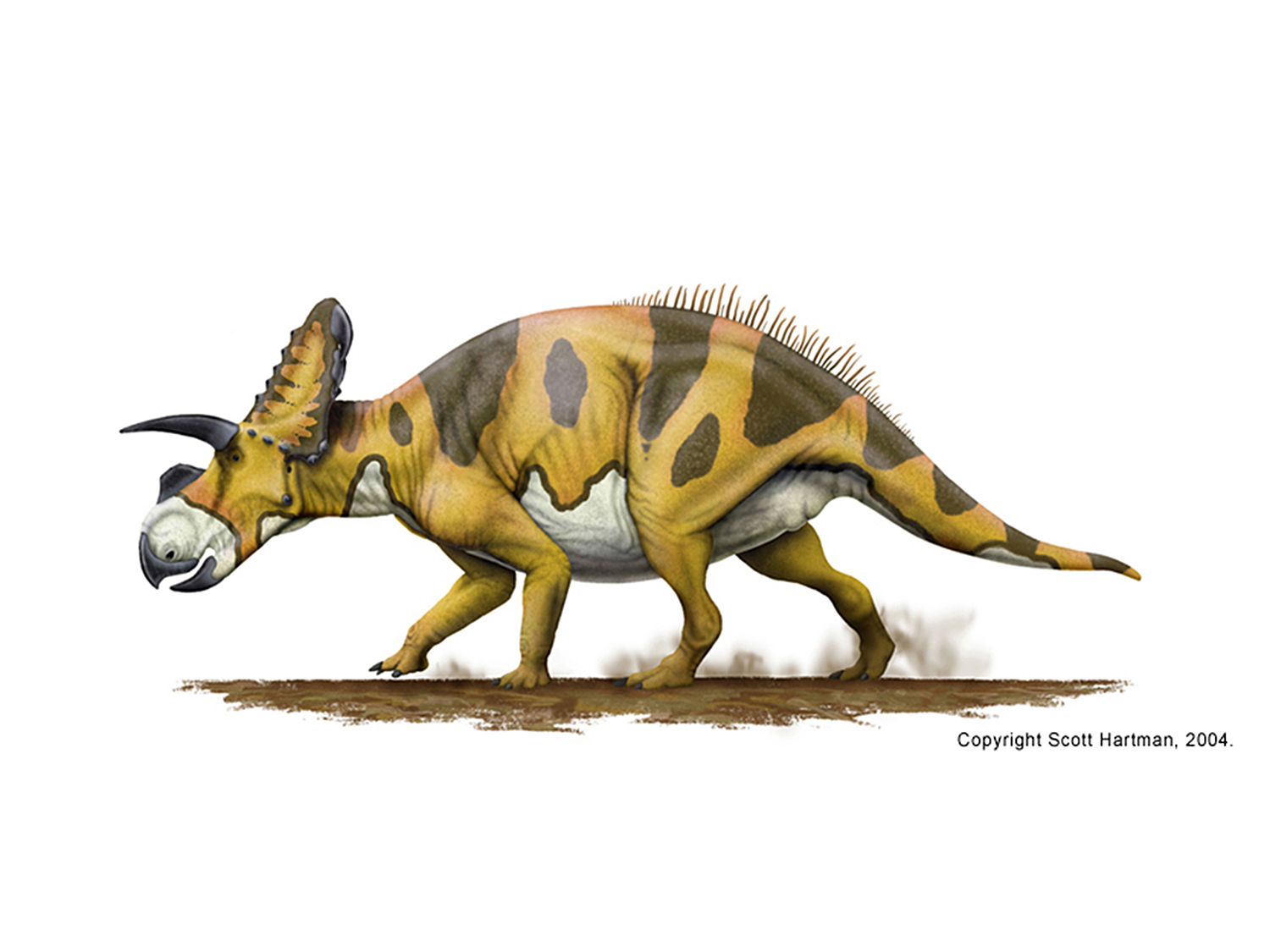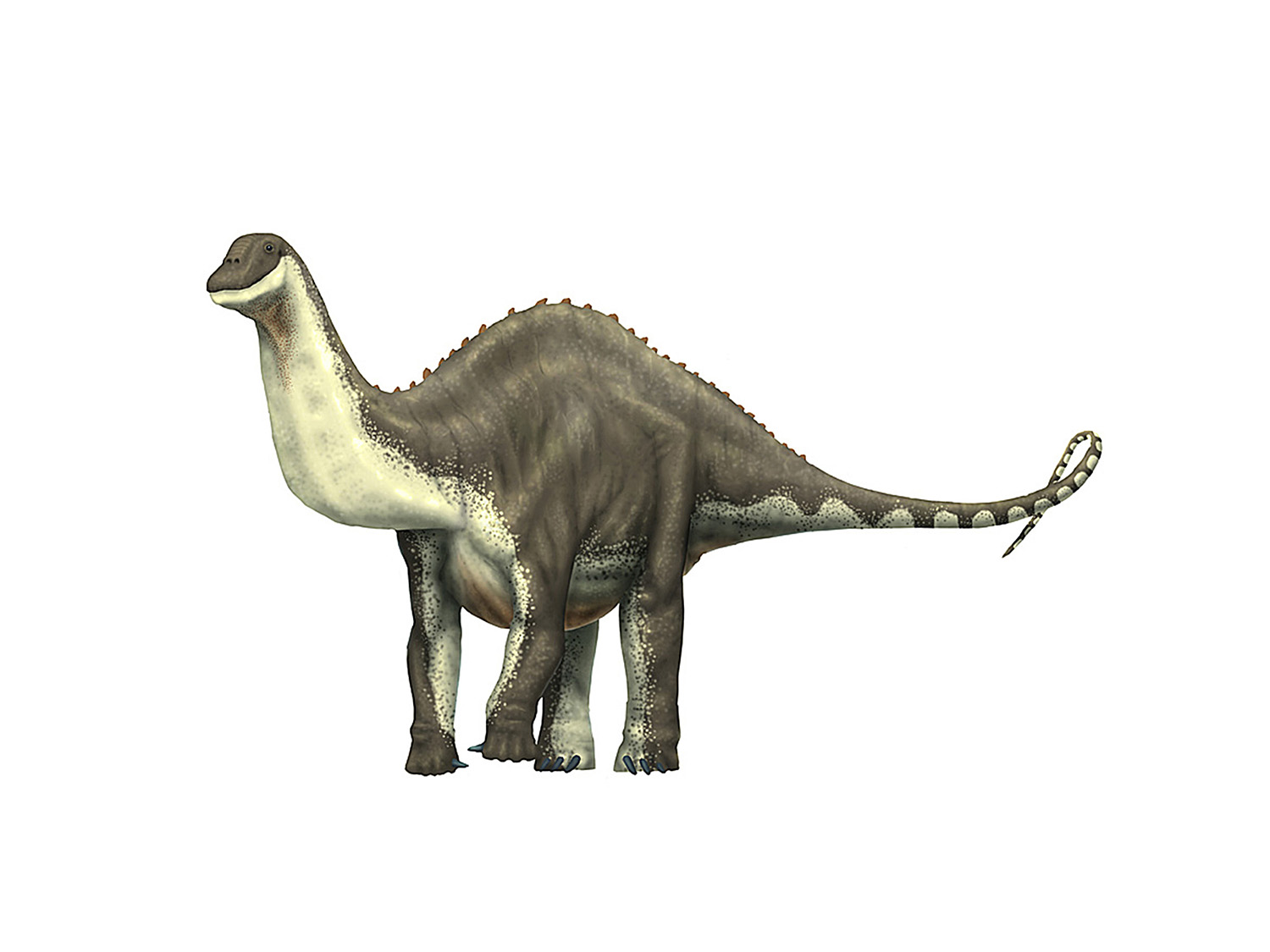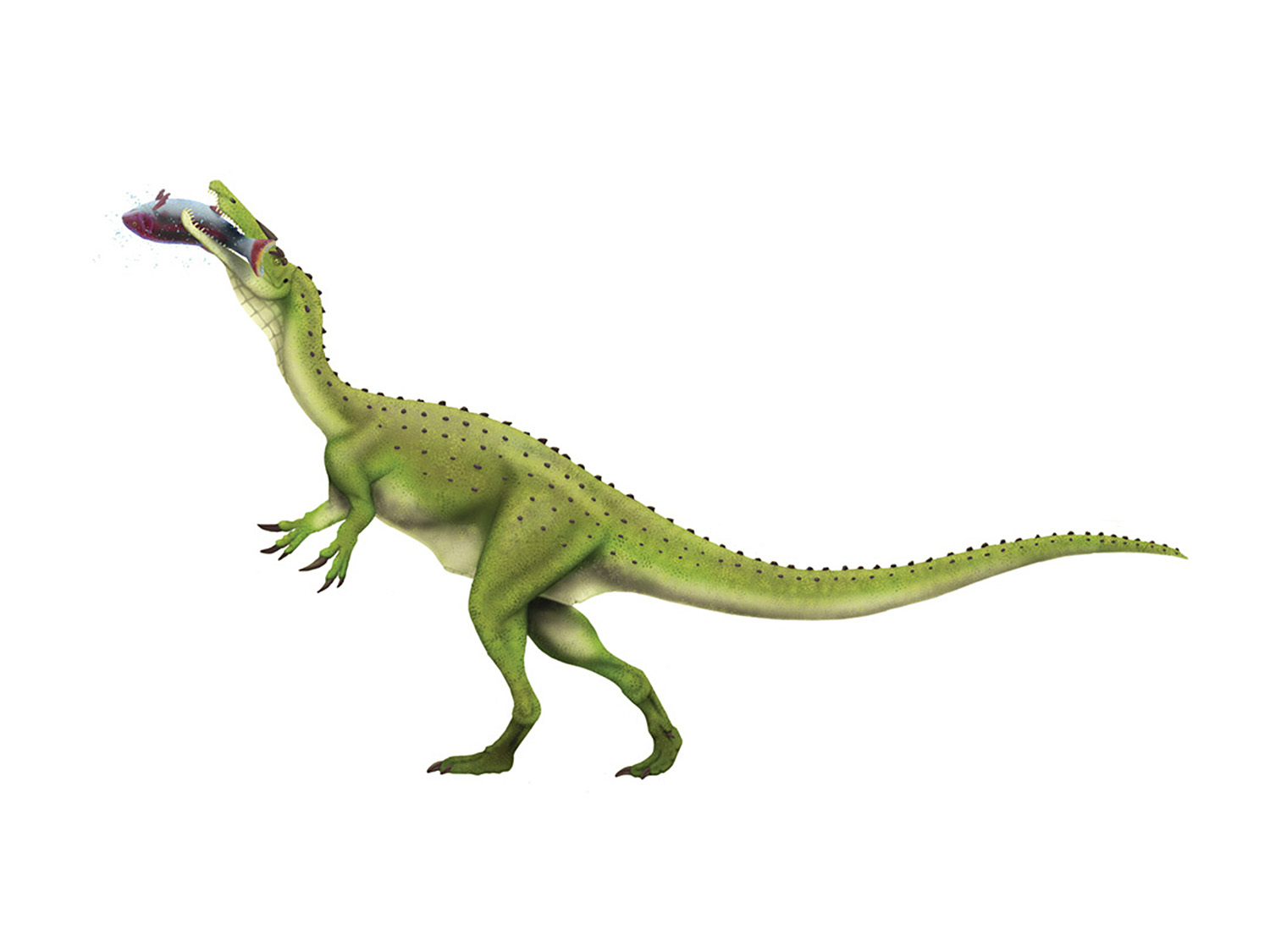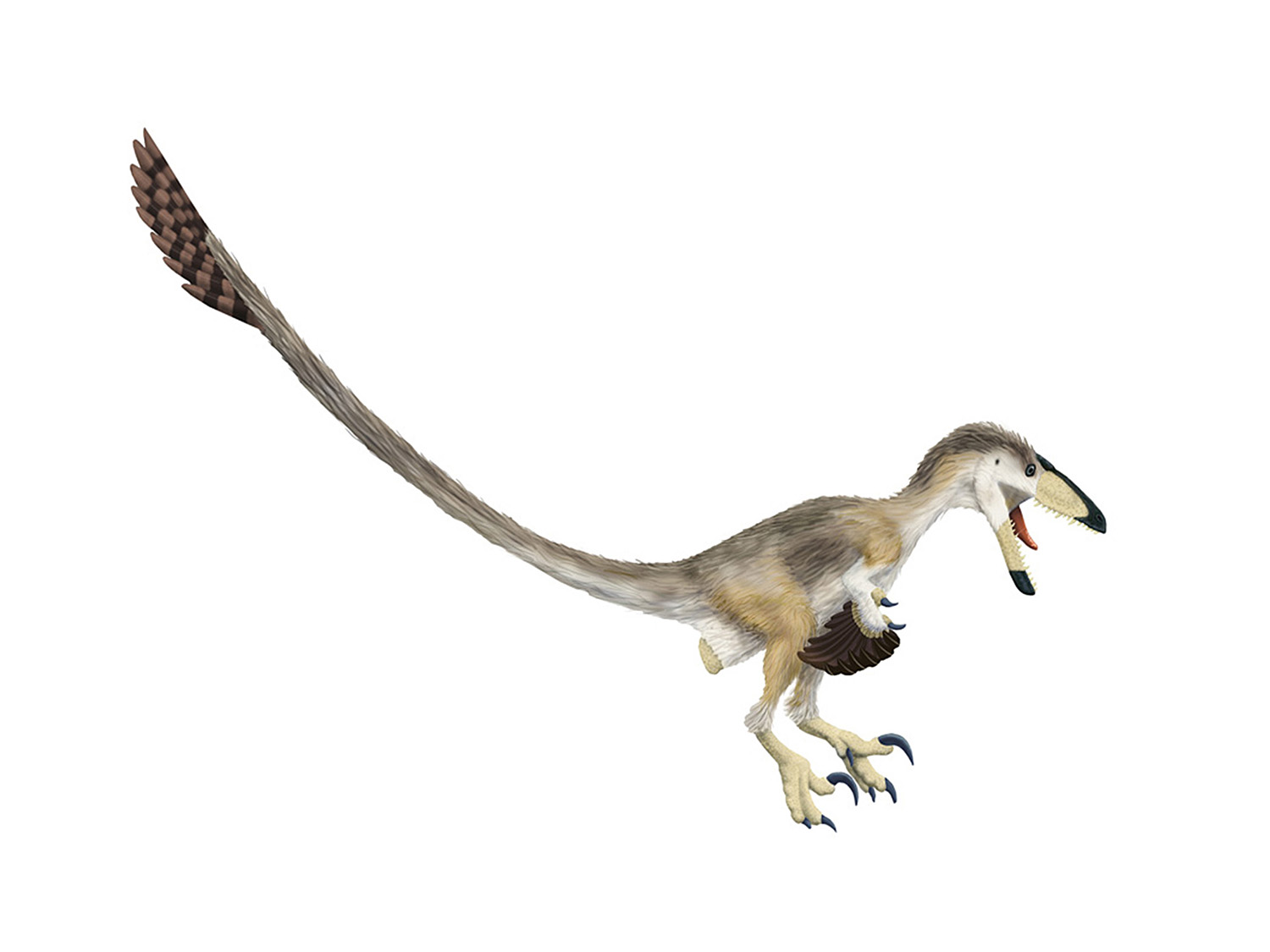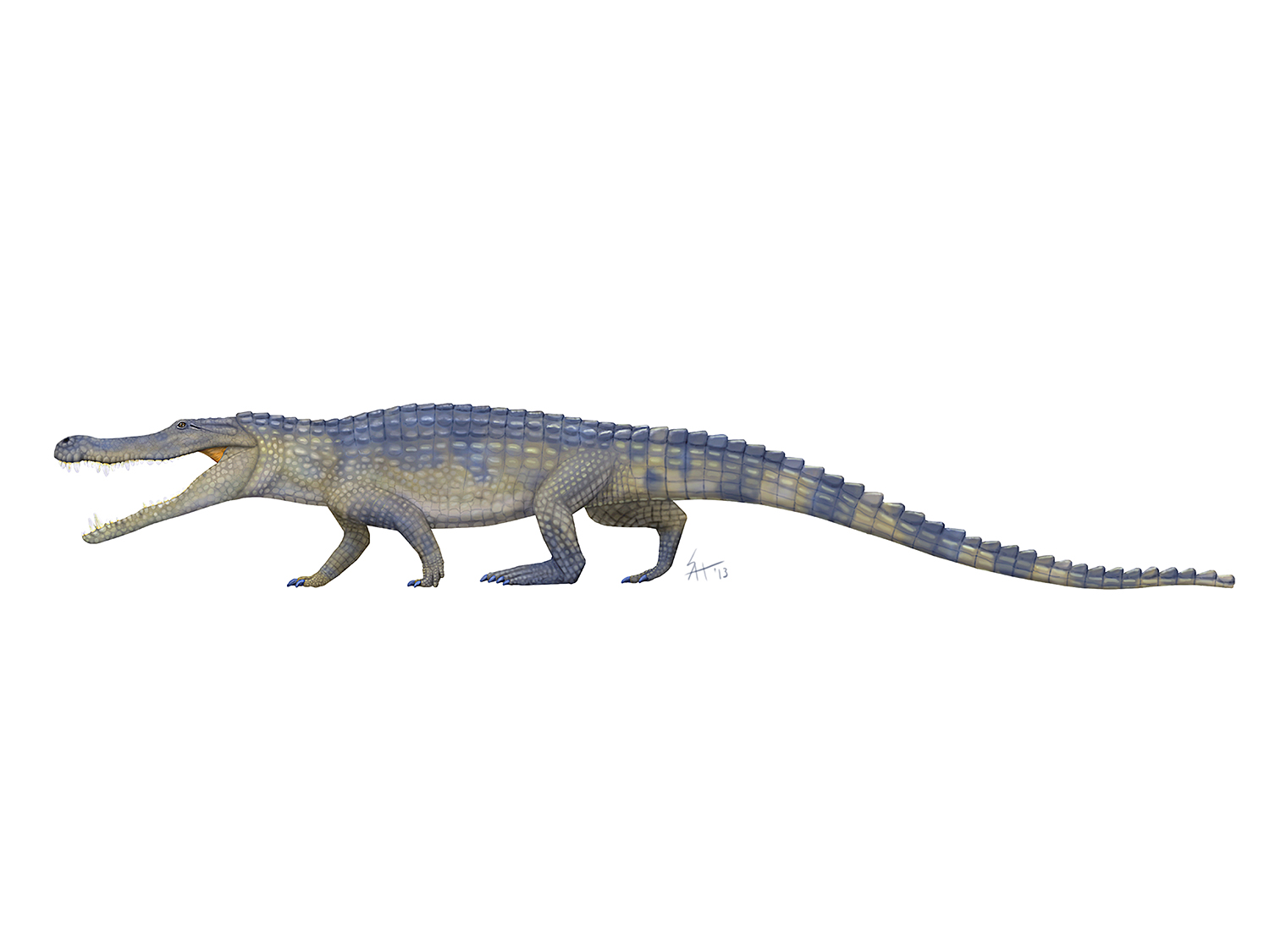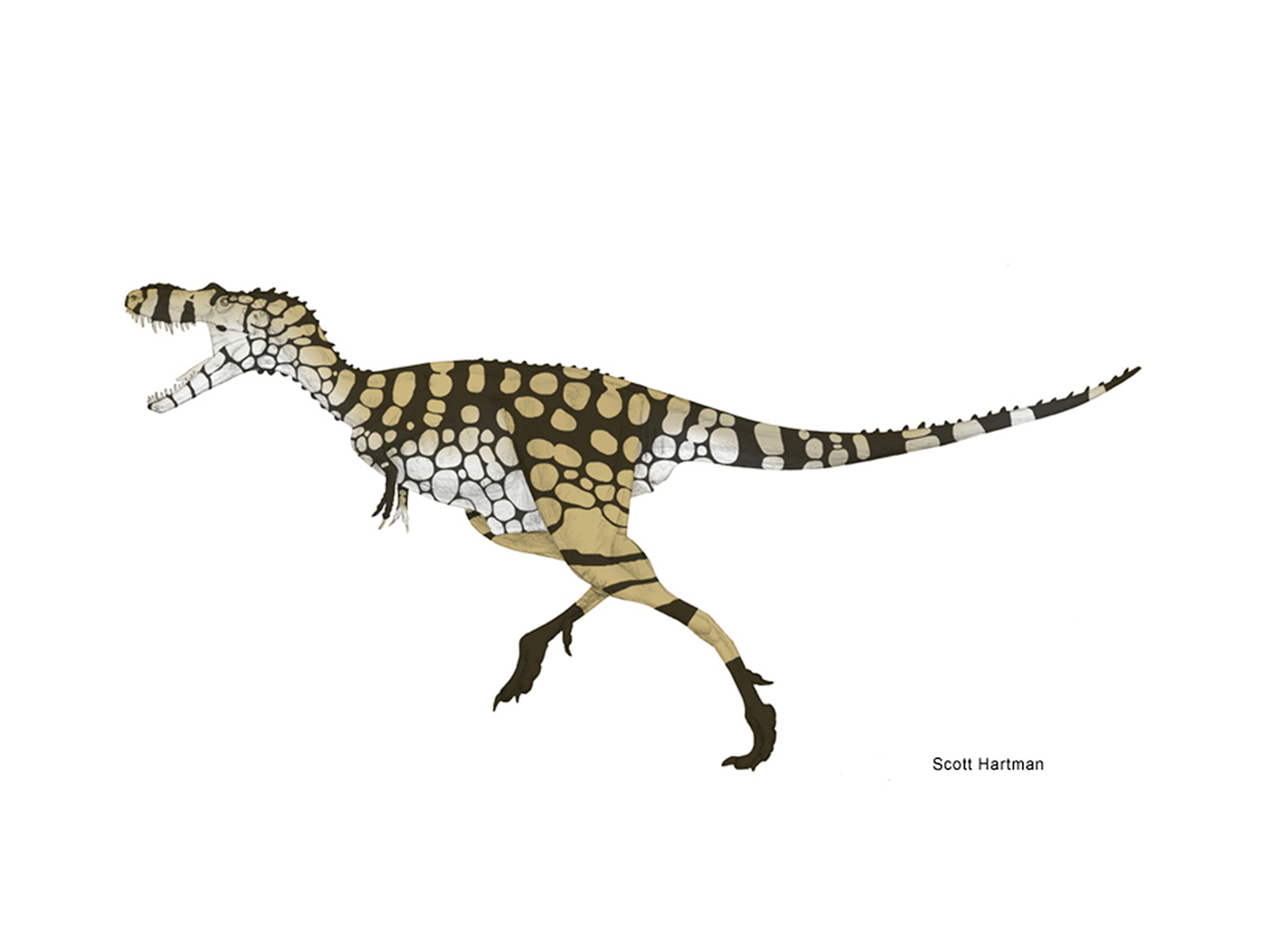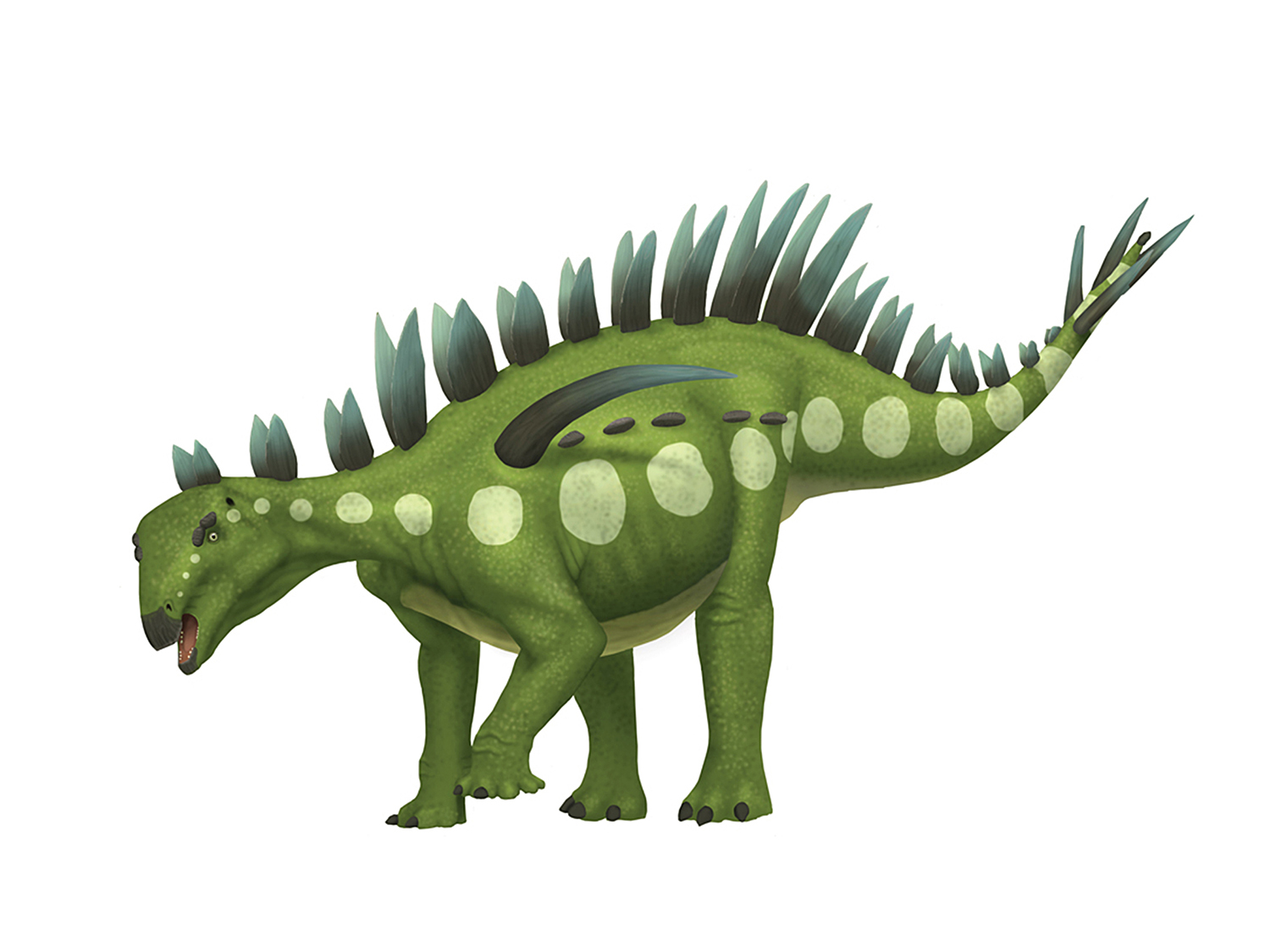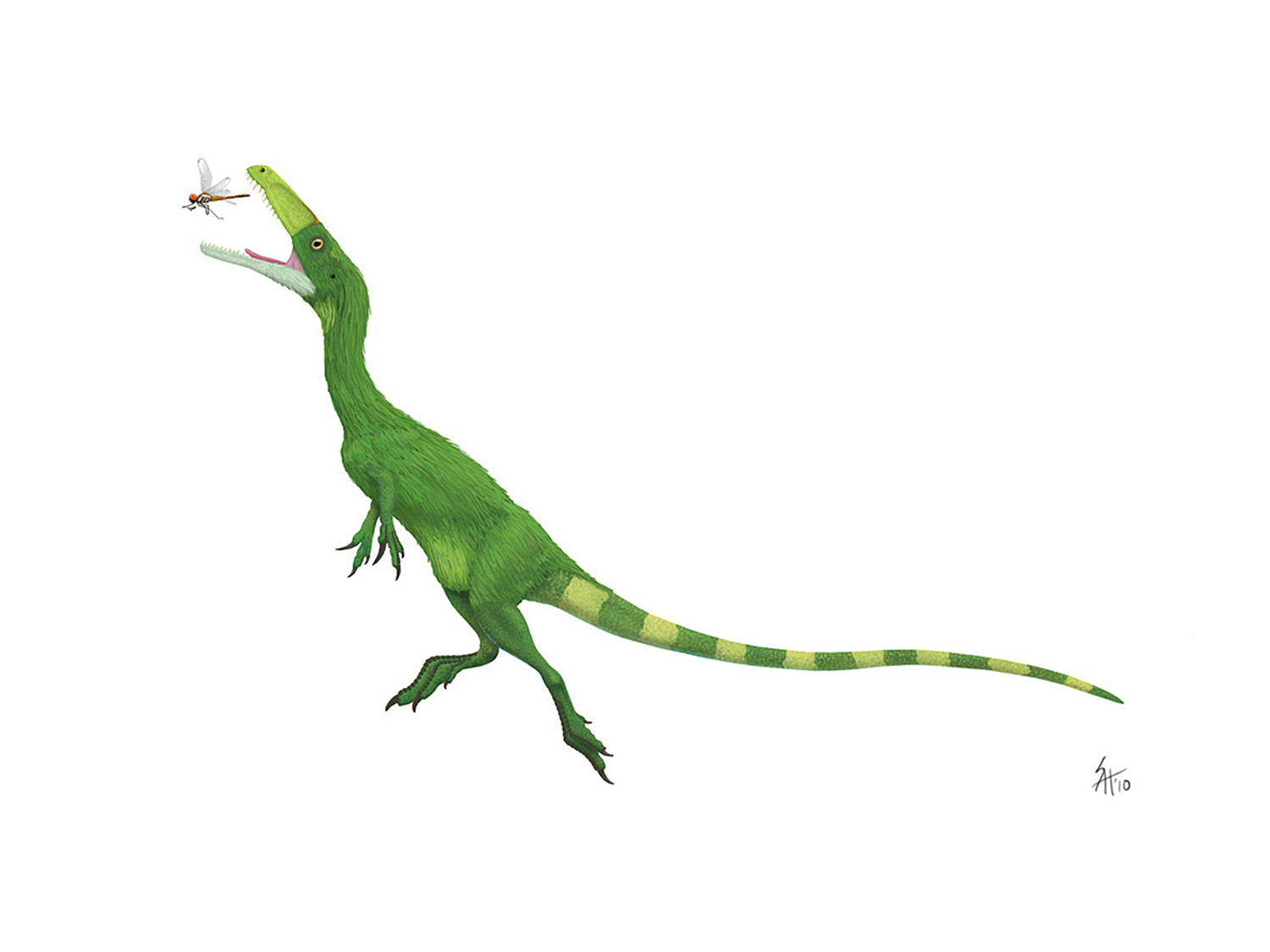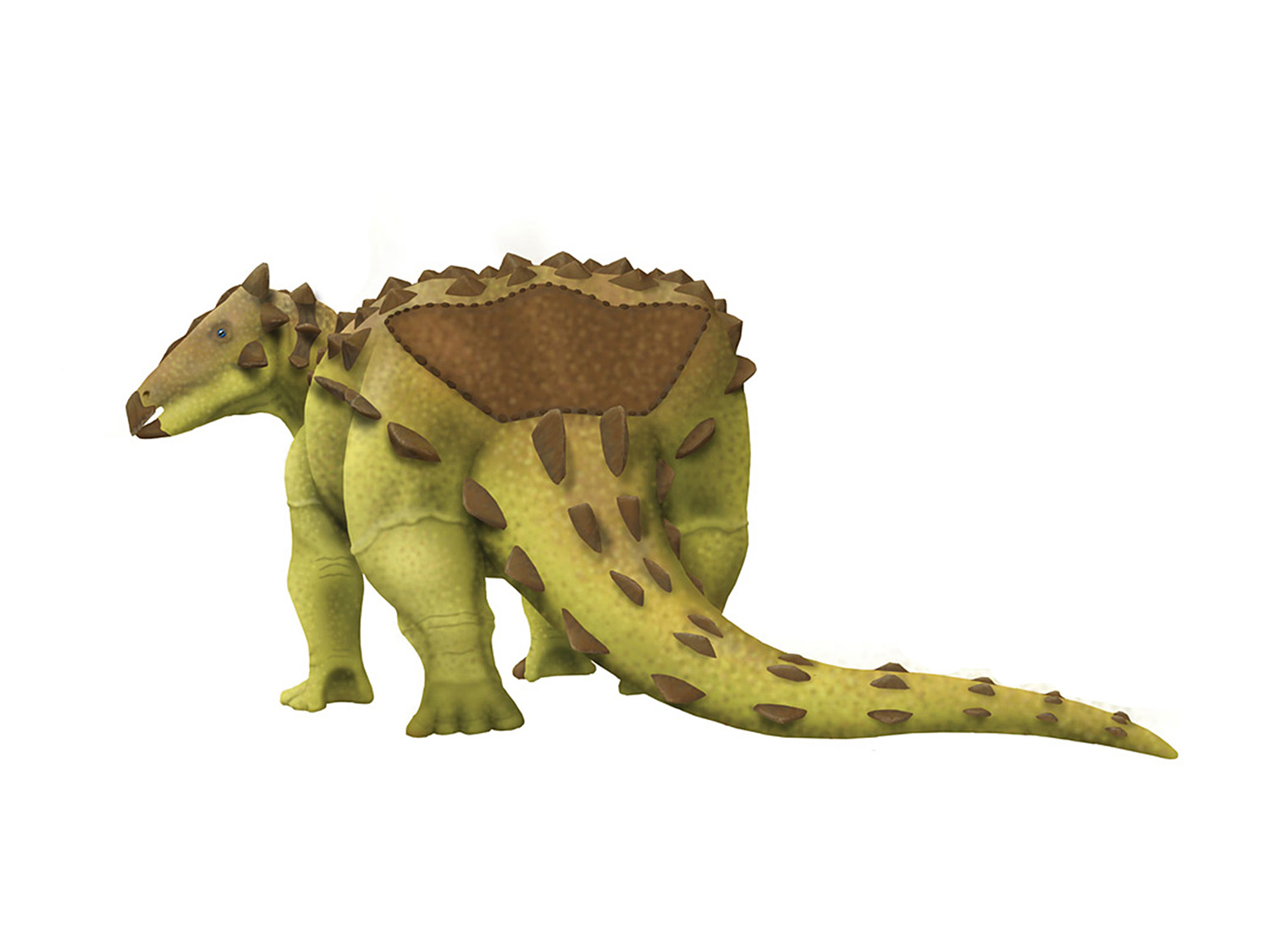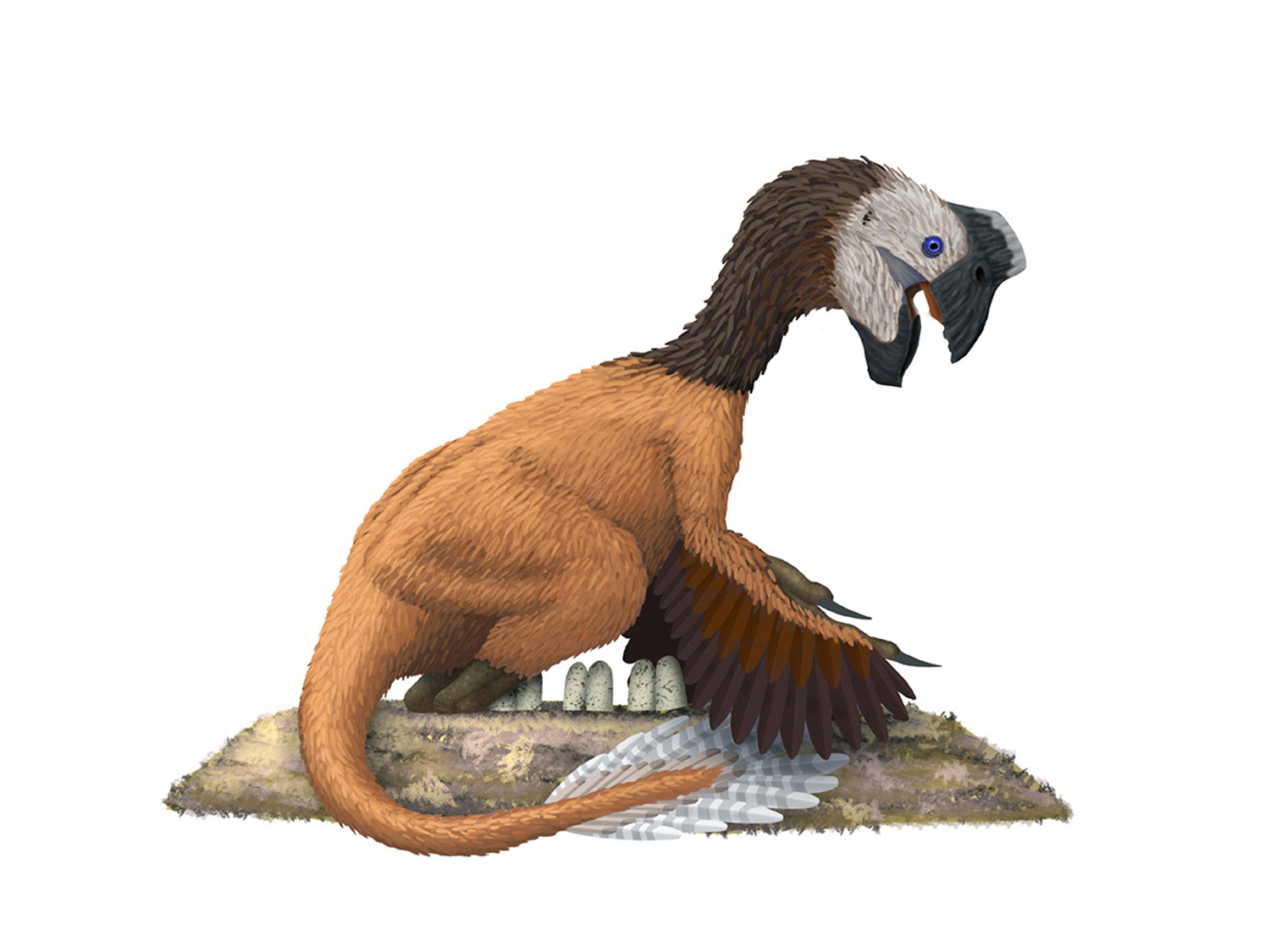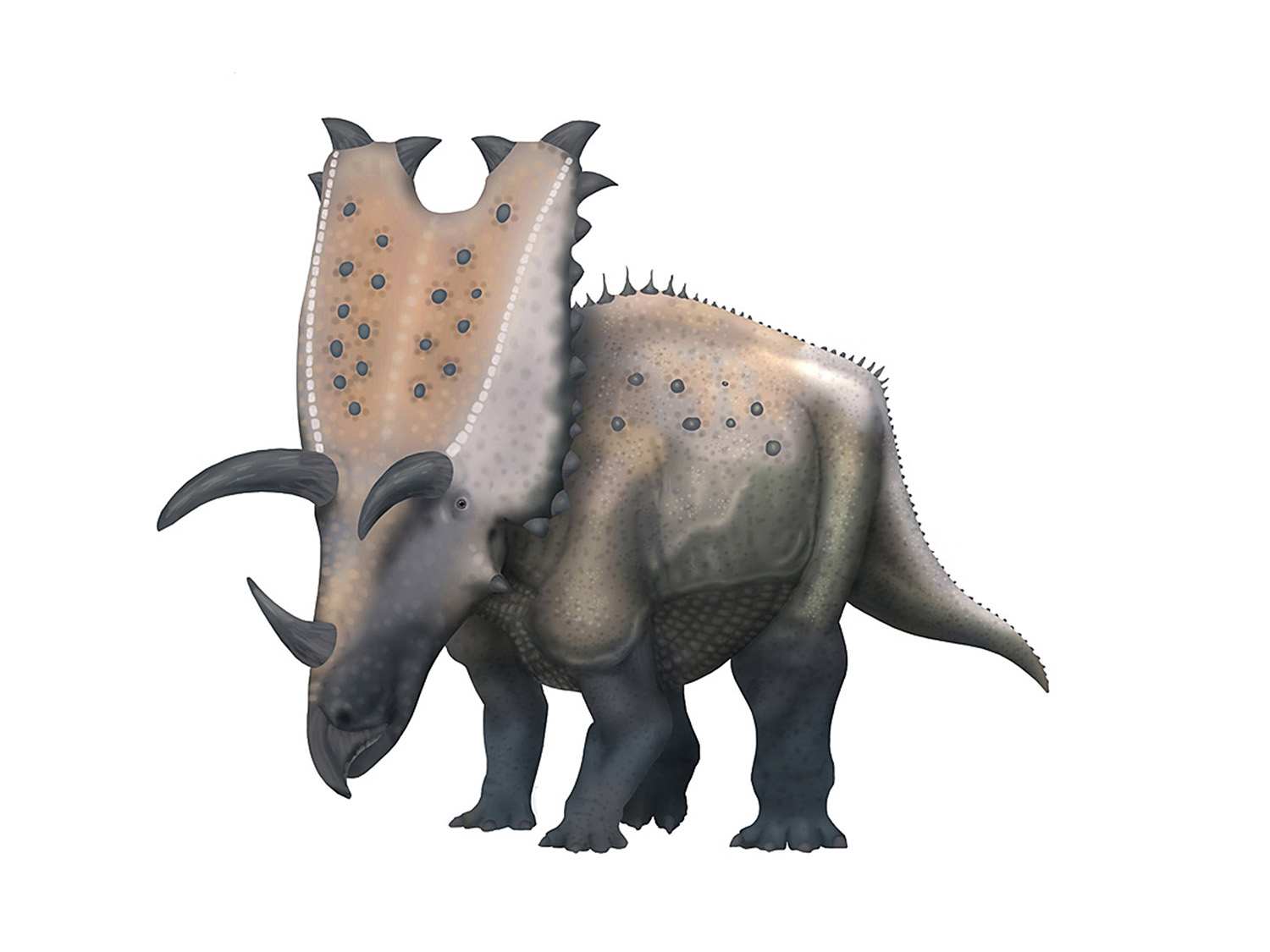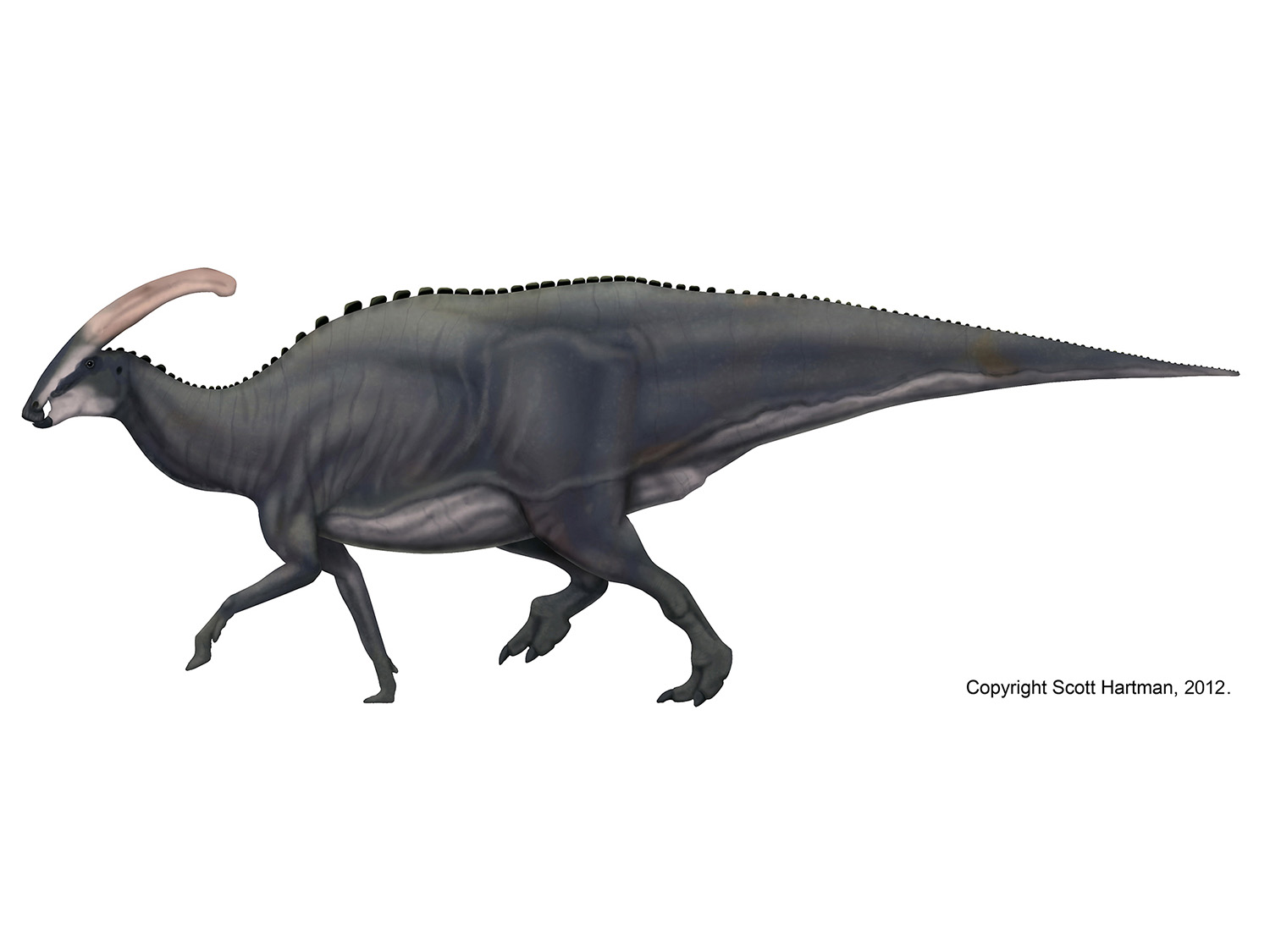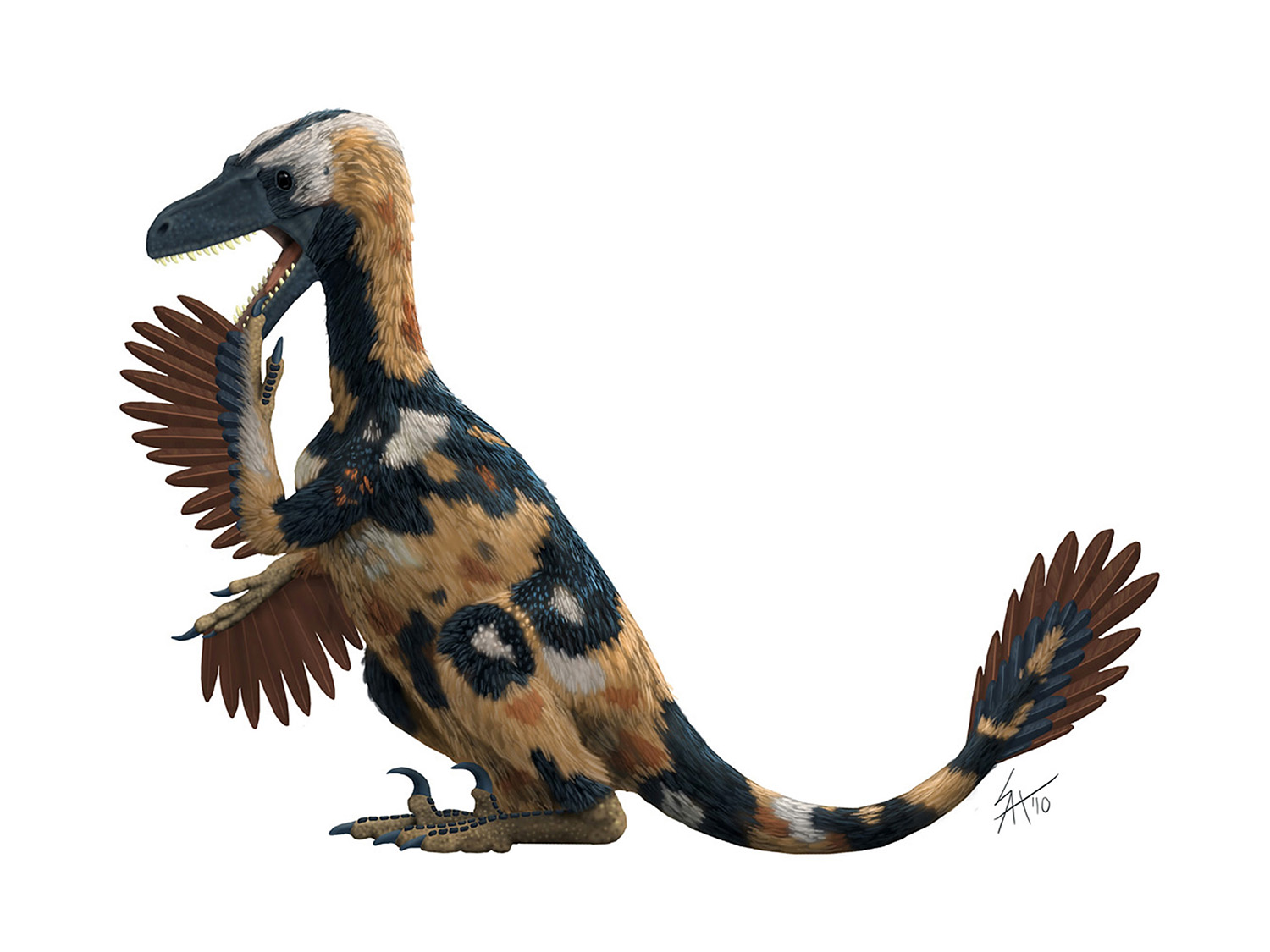Talos: A troodontid with a leg up on the competition
/It's my pleasure to introduce the newest member of the troodontid family:Talos sampsoni. Named for paleontologist Scott Samspon, Talos was described by Lindsay Zanno and others in the wonderful open source journal Plos ONE. Talos is the first troodontid to be named from the Kaiparowits Formation of Utah, making it about 76 million years old. Cross-sections of the long bones suggest that the animal was between four and six years old, and while it hadn't stopped growing, it appeared to be reaching reproductive age at a smaller size than it's close relative Troodon.
Of note is that the specimen had a bone in its second toe that was injured and partially healed. Since it appears to have been injured from violent trauma, it's consistent with with the idea that the "switchblade" toe was used in a way that could result in such an injury (presumably either attack or defense). Also, since the rest of the foot shows no indication of the sort of limping or other adjustments you see from a prolonged foot injury, it also reinforces the idea that troodontids walked with the second toe off the ground (as shown above).
I was producing the above skeletal reconstruction for the Utah Museum of Natural History, who has constructed a new building filled with exciting displays that will opened Fall 2012. It should be a state of the art exhibit that everyone should go see if they get the chance. Dr. Zanno was working on describing Talos at the time, so I worked with her to incorporate the data into the skeletal. There is quite a bit of troodontid material from the Kaiparowits, but only a fraction of it can be confidently assigned toTalos at this time. Restricting ourselves to the type specimen looks something like this:
You could be forgiven if your first reaction is "that's not very complete!". But I was thrilled. Why? It's hard to remember sometimes, since Troodon is illustrated frequently, but the published material that Troodon is usually based on is really scrappy. Here is a quick and dirty example of what was published in Dale Russell's 1969 paper:
To create the reconstruction (then called Stenonychosaurus) ofTroodon
that inspired him to create his infamous dinosauroid sculpture, Dale Russell had to combine all of the material from the Asian taxa Saurornithoides (as seen below) just to create a usable composite:
That made the size of the head and pelvis more clear, and provided more back and tail vertebrae to scale from, but look at how "dotted" the outlines of the limbs are - there still wasn't a good guide for scaling the limbs of any of these advanced troodontids. A few unpublished specimens are out there, but none of those provided definitive limb proportions. Talos finally does that.
So in addition to the interesting conclusions on biogeography, ontogeny, and mode of life, Talos should be exciting to illustrators because it provides the first definitive glimpse of the limb proportions of advanced troodontids. They aren't radically different from the proportions Dale Russell speculated on in the 1960s (although the forelimbs are shorter than some people have speculated since then), but the good news is that we now know for sure. In fact at this point the only serious unknown is the neck, although there are plenty of more basal troodonts to base that on.






